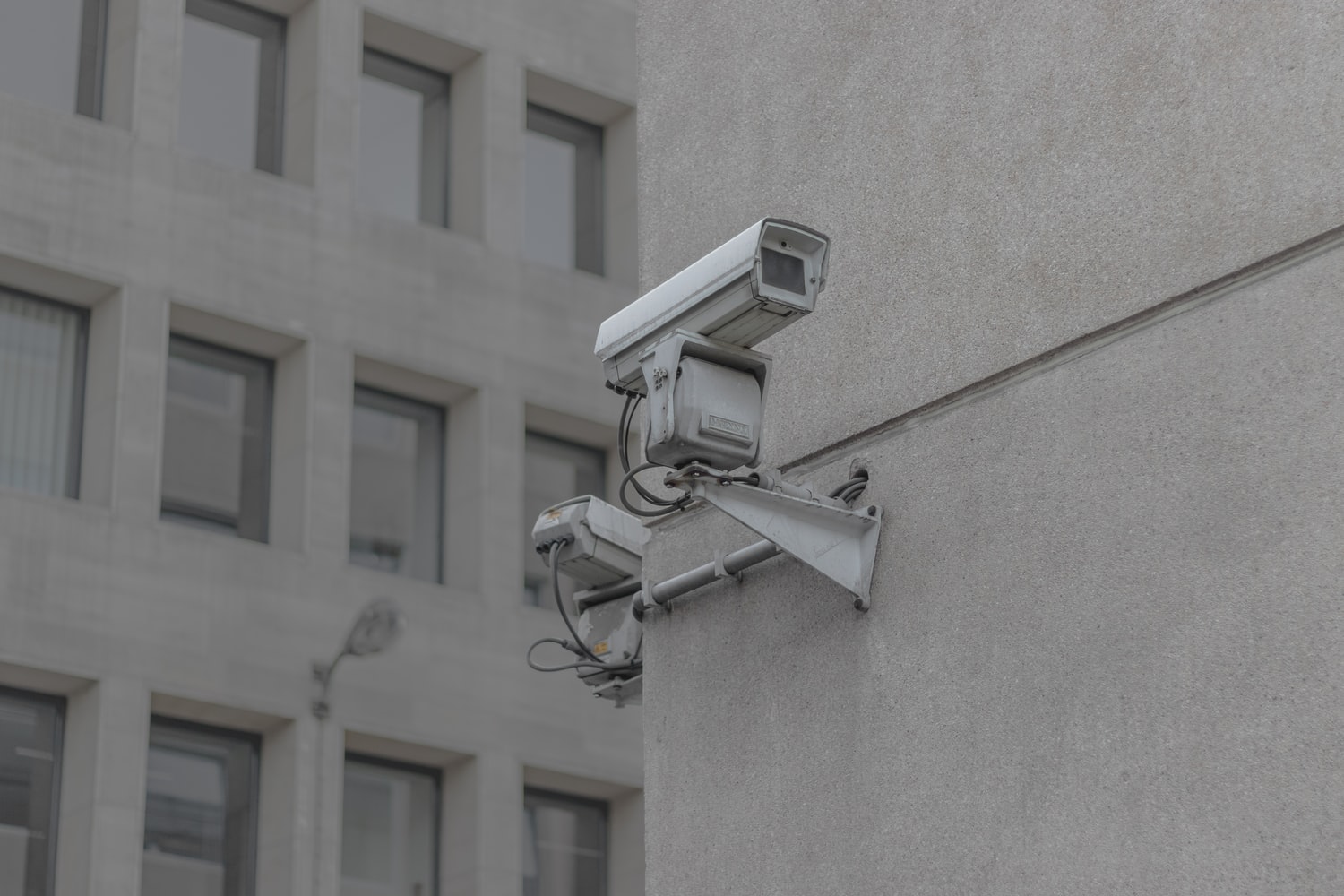It's time for another Week In Review from the team here at Wundamail HQ. We’ve been diligently scouring the web for the best team management research, with a particular focus on how best to monitor teams in 2019. With advanced AI and IT systems adding to the rich tapestry of office communication, it’s no wonder employees are reporting a lack of faith in privacy. We’re here to help you discover how to monitor effectively, without relying on more invasive methods of modern technology.
Has Employee Monitoring Gone Too Far by Emily Burt
This article opens with an exploration into the various methods that employers are using to monitor their employees, and the effect this has on their overall satisfaction. She points to a growing concern amongst certain unions with regard to monitoring becoming overly invasive.
Burt debunks ‘productivity’ software, such as Worksmart. Worksmart logs the hours staff work, counts the number of keyboard strokes per hour, records social media usage, and takes photographic ‘timecards’ every 10 minutes via a webcam- it effectively polices remote working across the globe. Although this has a strong focus on sales roles, there are arguments to suggest this method of monitoring is holding restrictions on creativity and collaboration by focusing purely on individual output.
Emily addresses the difficulty of keeping remote workers inclusive within the culture of the team, and monitoring software can help them feel connected and reassure them that they’re completing their work correctly.
5 Effective Metrics for Measuring Team Member Performance by Rise
By breaking down the criteria responsible for team performance, this article helps us begin to understand the traits of positive behaviour. Rise provides topic areas that you ought to convert into questions to ask yourself and your team with in order to recognise your top performing employees (without becoming invasive).
According to Joshua Konowe in an interview with AllBusiness, rather than sneakily spying on your employees, simply asking “Who has been the most helpful to you today?” is preferable. He suggests this is “a great motivator, totally anonymous, and identifies the real doers in the company - not just what management believes.’”
Wundamail works to revolutionise group culture and boost productivity by sending a daily question to the whole team, then compiling the responses into a single group email. Team activity is collated, condensed and circulated for all to see. Just like that, a daily feedback loop promotes accountability, unlocks insight, and keeps teamwork efficient and inclusive.
7 Ways Employees Benefit from Employee Monitoring by Isaac Kohen
Kohen’s article looks at various ways that monitoring can prove valuable to the employees themselves. In this instance, monitoring doesn’t exist to track every move an employee makes, but rather to take a more wholesome view of activity. This could include performance on projects, or the amount of individual emails sent.
The benefits of close monitoring include increased productivity, wider flexibility and remote work opportunities. In addition, the technology can be used as a tool to provide evidence for career progression and salary requests.
Kohen makes it clear that, in a lot of cases, monitoring software can invade privacy and reduce employee retention. To counter this, he propounds the idea that employees can actually use technological monitoring in their favour, if used strategically. Besides the ethical dilemma of privacy and invasion, if you’re doing what you’re supposed to be doing, you should be fine… am I right?




